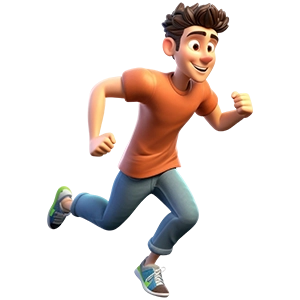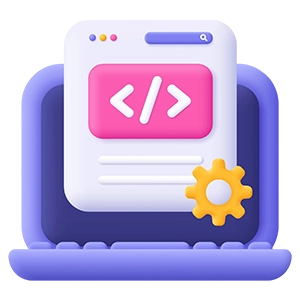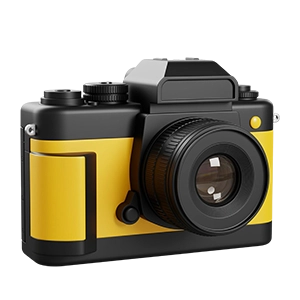Curriculum
- 9 Sections
- 27 Lessons
- 10 Weeks
Expand all sectionsCollapse all sections
- Web Development BasicsLearn HTML, CSS, and JavaScript to build interactive, responsive web pages from scratch.3
- Responsive Frontend DesignCreate modern layouts using Flexbox, Grid, and media queries, ensuring mobile-friendly design.3
- JavaScript Mastery & DOM ManipulationUnderstand advanced JS concepts including closures, async functions, and manipulating the DOM.3
- Frontend Frameworks (React/Vue)Build reusable UI components and SPA using React or Vue.js with state management.3
- Backend with Node.js and ExpressCreate RESTful APIs, handle routing, and manage servers with Node.js and Express.3
- Databases & AuthenticationIntegrate MongoDB, manage user data, and implement secure login/signup systems.3
- Full-Stack IntegrationCombine frontend and backend to develop complete applications with CRUD operations.3
- Git, GitHub & Version ControlLearn to track code changes, collaborate with others, and manage codebases using Git.3
- Deployment & DevOps BasicsDeploy projects to hosting platforms, automate builds, and ensure performance optimization.3
Advertising graphics design is the creation of visual content specifically tailored for advertisements across various platforms, such as print, digital, and social media, to communicate a brand’s message and engage the target audience.
In print ad design, focus on high-quality visuals, legible typography, and clear messaging that fits the print medium (e.g., posters, brochures). Ensure your design follows size specifications, uses appropriate colors, and stands out to grab the reader's attention.
Graphic design for print focuses on physical mediums like brochures and posters, requiring attention to resolution, color modes (CMYK), and printing techniques. Digital design, on the other hand, needs to be optimized for screen display, considering pixel dimensions, resolution (RGB), and interactive elements.
Digital advertising graphics are visual assets created for online ads, including display banners, social media ads, and website pop-ups. These graphics need to be optimized for various screen sizes and formats to ensure effective engagement and drive conversions.
Common tools for creating advertising graphics include Adobe Photoshop, Illustrator, InDesign for print, and Canva, Google Web Designer, and Adobe Spark for digital and social media graphics.
Each platform has unique specifications (e.g., image sizes, formats, and aspect ratios). Optimize your ad design by adhering to these guidelines, ensuring readability, and considering the mobile and desktop user experience.
An effective print ad uses bold visuals, clear messaging, and a strong call-to-action (CTA). It should grab the reader’s attention quickly, be easy to understand, and include all necessary information for the audience to take the next step.
Digital ad performance can be measured using metrics like click-through rate (CTR), conversion rate, and engagement levels. Tools like Google Analytics and platform-specific insights (e.g., Facebook Ads Manager) can help track how your ads perform and where improvements are needed.





















